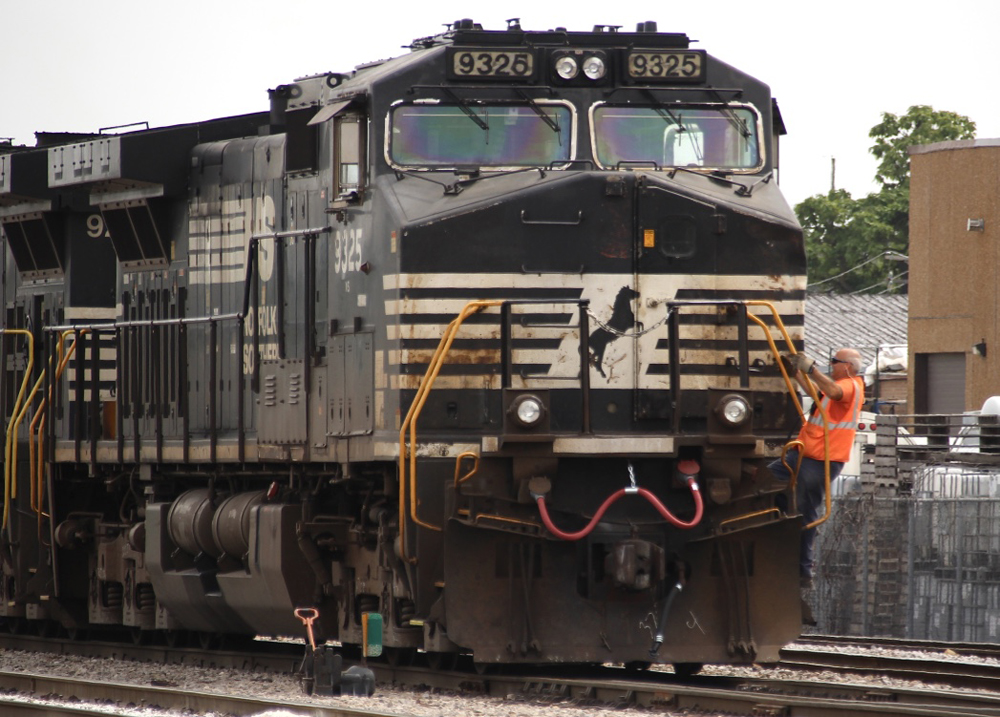
BALTIMORE — Autonomous trucks are beginning to roam highways with the blessing of the Department of Transportation, yet the Federal Railroad Administration wants to mandate two-person train crews.
Why is the regulatory playing field different for trucks and trains, FRA Administrator Amit Bose was asked at a shippers’ conference on Thursday.

“We think having a consistent standard for crew size across the country benefits the rail industry, benefits safety, and gives certainty on the regulatory environment when it comes to train safety,” he told the North East Association of Rail Shippers. “Also, coupled with that, don’t forget: the trains are running longer. The length of trains is growing.”
Longer trains, he says, demand more than just the engineer in the locomotive cab.
“Those longer trains in my mind require a level of crew size that is proportional to the length of the train,” Bose says. “There are issues that happen on those trains — emergency situations — and having more than one person, or having humans associated with those trains, is to the benefit of the community, if safety issues arise.”
One of the top complaints the FRA receives from the public, Bose says, is blocked grade crossings. Elected officials across the country tell the FRA that longer trains are part of the blocked crossing problem.
Railroads have been increasing train length in recent years as a way to cut costs by moving tonnage on fewer, but longer trains. Union Pacific, for example, has boosted its average train length by 30% since adopting a Precision Scheduled Railroading operating model in 2018.
Crew size is among the contentious issues that are part of national negotiations between the Class I railroads and rail labor. Labor unions have sought a national two-person crew rule and also have lobbied for state legislation mandating two-person crews. They argue that having two people in the cab improves safety.
Railroads say conductors can be removed from the locomotive cab due to the extra safety layer provided by positive train control. They have proposed making the conductor job a ground-based position, with roving conductors working regular shifts and covering multiple trains in a specific territory. Some railroads would like to eventually automate their operations, which they say would be a natural competitive response to autonomous trucks.
The FRA proposed a two-person crew rule for Class I railroads in 2016. The agency shelved the proposal during the Trump administration, however, arguing that there was no safety data to support a two-person crew rule. But a federal court struck down the FRA’s decision and President Joe Biden made a two-person crew mandate a campaign promise.
The FRA will welcome comments from the railroads, rail labor, and the public regarding the proposed crew-size rule.
Updated April 11 to correct status of crew-size rule, which has been introduced.






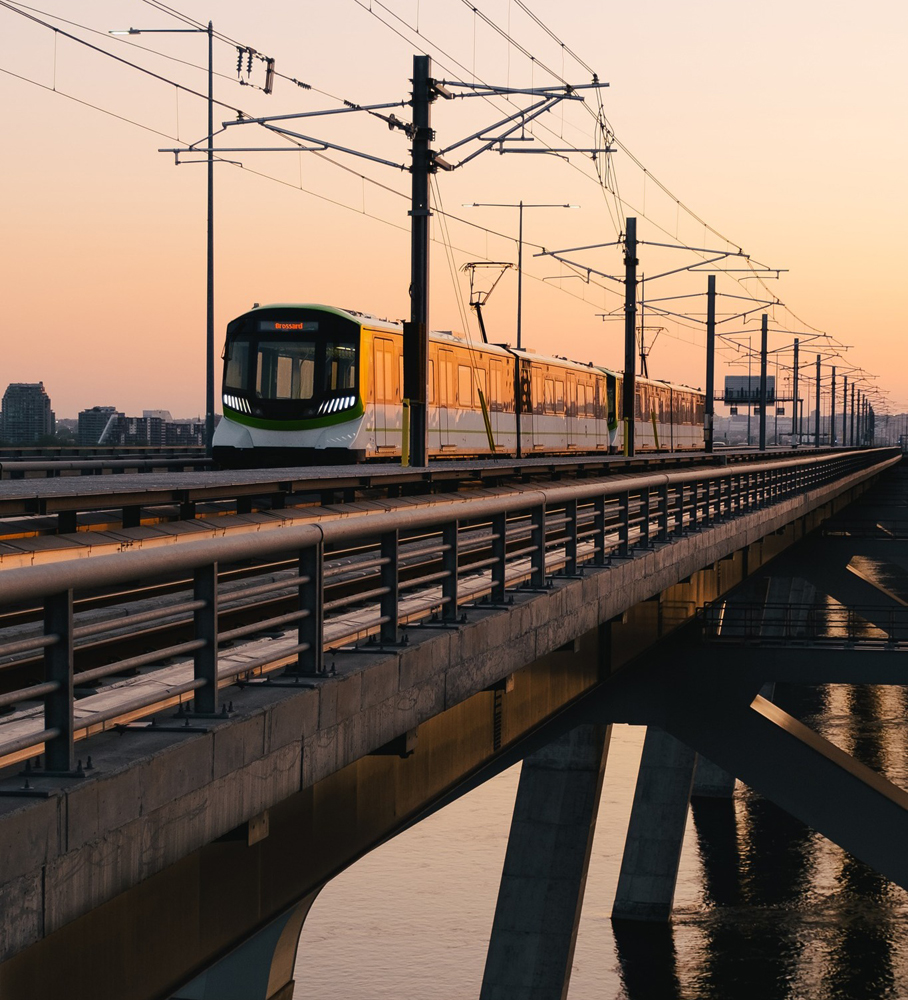
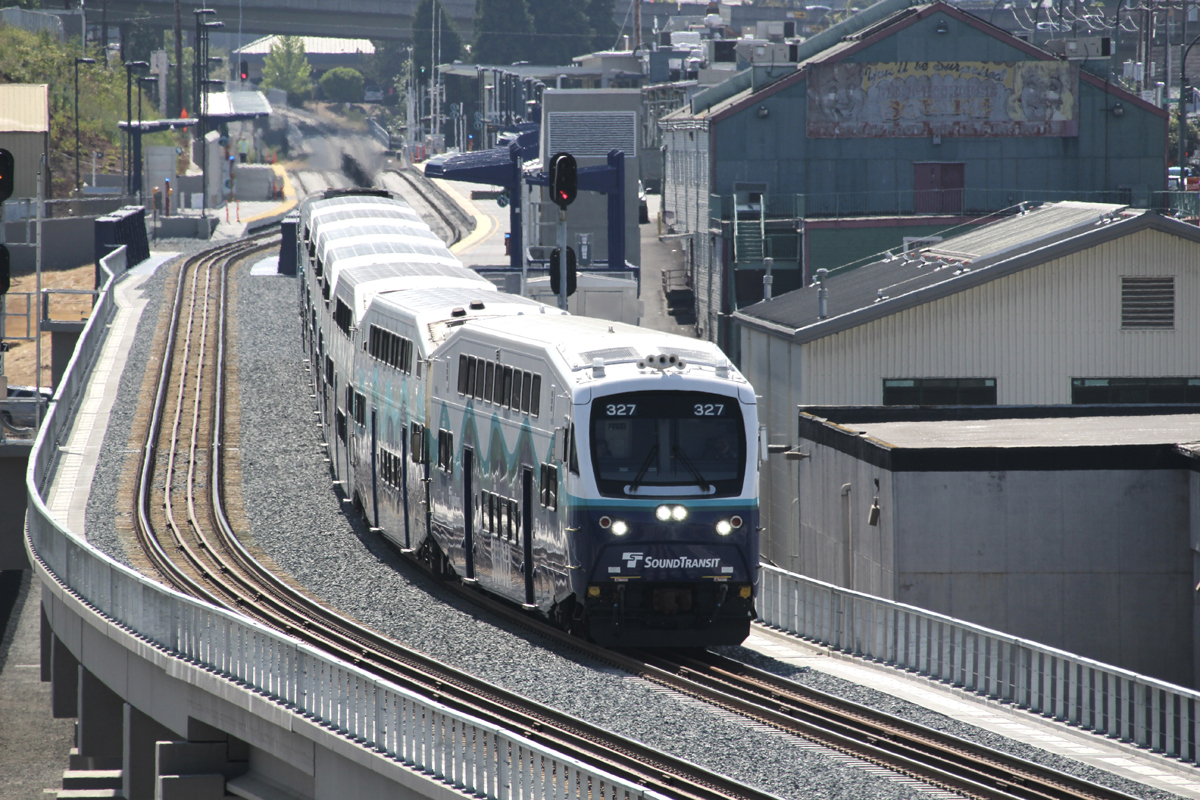
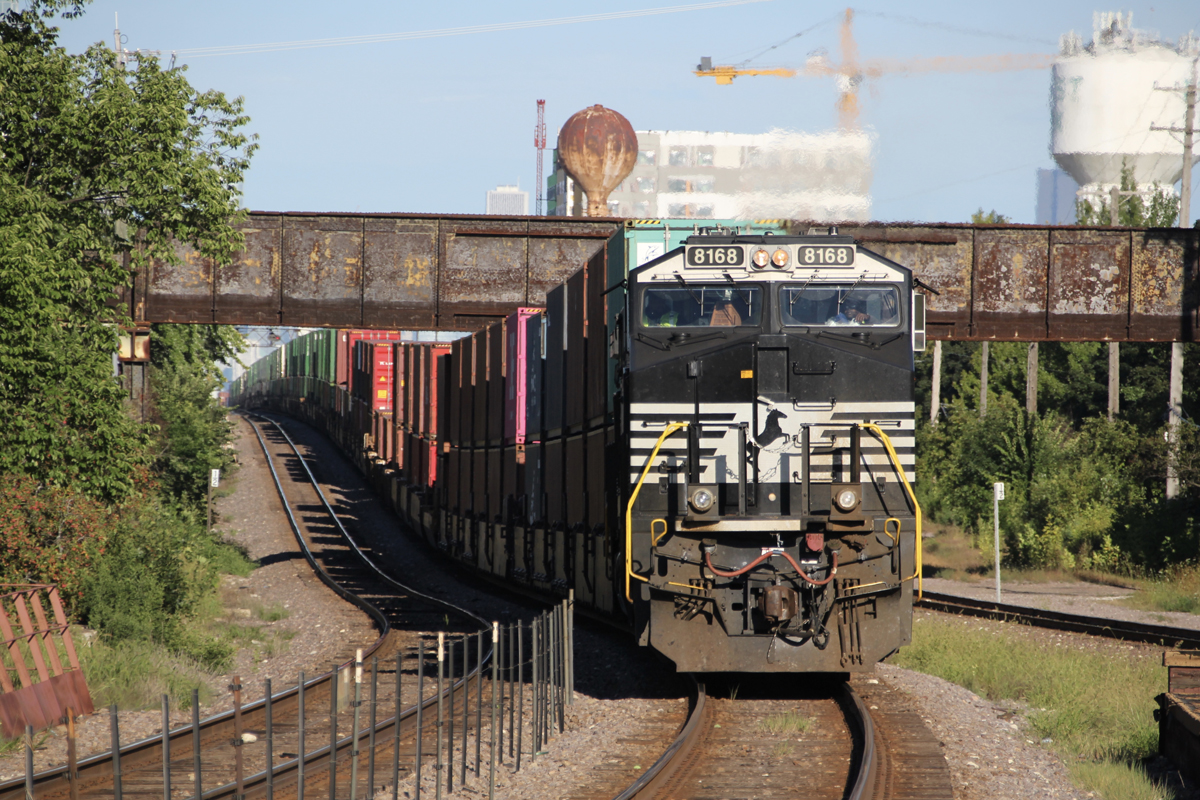
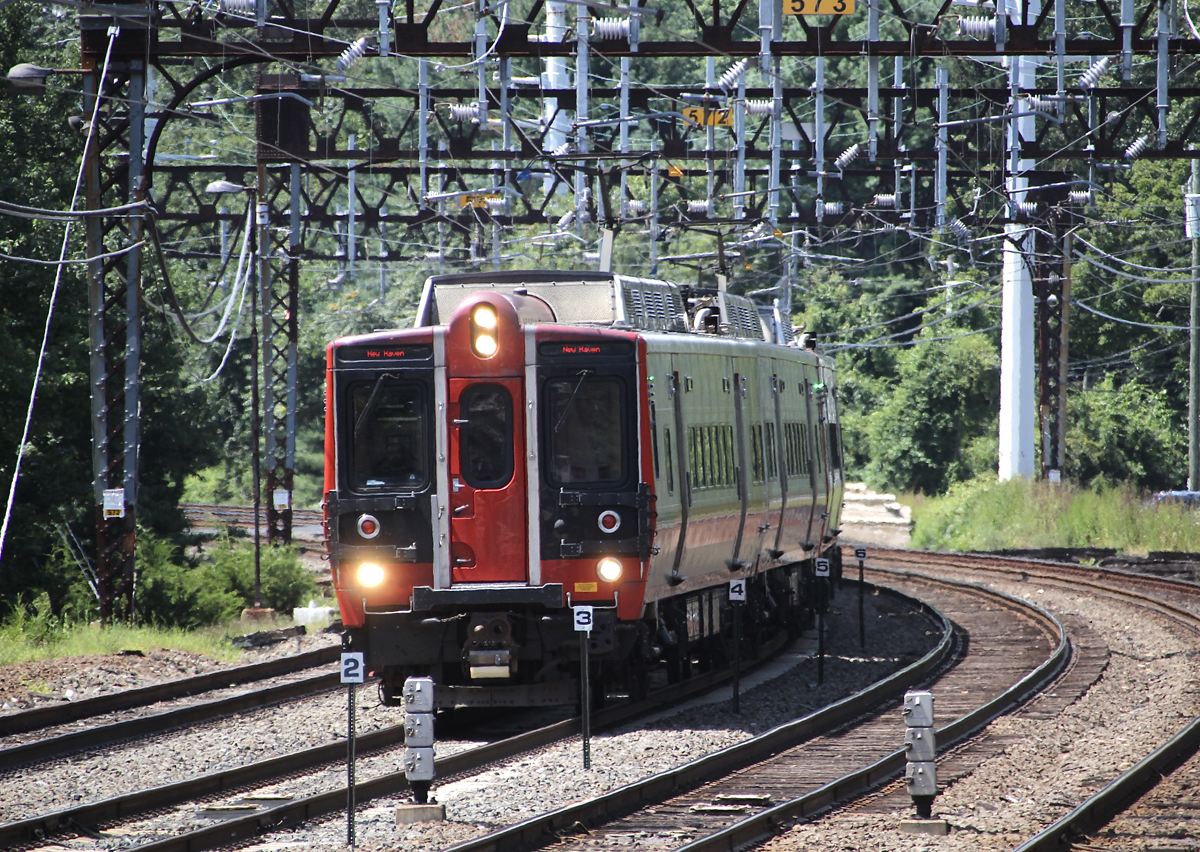




As a recently retired dispatcher for a class one railroad longer trains break in two on a semi regular basis as the sole crew member the engineer will simply prop his feet up until help arrives and it could easily be 3 hours away and that is just to see the problem, not fix it. Meanwhile the dispatcher is pulling his hair out trying to figure out what to do
with a subdivision full of dying trains because once a crew gets on a train, the clock starts running and they have have 12 hours to get to home terminal railroads trying to cut costs only allow the minimum horsepower to get the train over the road. This requires reducing throttle settings or even taking power off line. Now stop a train for 3 hours plus on a single track railroad now you are spending all your time calling taxis to get dead or dying crews off trains, calling relief crews calling mechanical forces and supervision
All this talk of driverless trucks taking over the railroads chunk of the freight pie is completely absurd in a society where all you hear is green energy and climate change fixes. Putting more trucks on the road does none of that even if they were all electric worse if they are all still diesel. Everything involving trucking involves more infrastructure that taxpayers foot the bill for. Wider roads, more maintenance for those roads that as the years go by are only going to be harder to pay for and less tolerated by a public that can’t afford it. The only real solution is a tried and true rail system that can move massive amount of freight in relatively small packages. So let’s do some quick math. A typical stack train of 6000 feet carries around 300 containers, multiply that by roughly 35 trains a day on the bnsf alone out of the la basin, that’s 10500 trucks a day just for bnsf on a freeway system that will not and cannot handle it. Double that for the up and that doesn’t even account for manifest traffic. Railroads are only going to be more relevant as the decades go by not less as our society finds ways to fix the congestion problems we have in our cities and countrysides. Driverless trucks will not leave railroads in the dust railroads eventually will leave trucking in the dust as the more environmentally friendly means to move freight. The question of crews is only about profits and how much the railroad can gain if they eliminated conductors. I’ll speak from years of experience. Anyone that thinks the railroad can run even remotely efficiently without a conductor to do any number of things on a daily basis is delusional. I can right a book on why they need them but I don’t really want to do it here.
Why not mandate the return of Cabooses? The FRA rules make no sense. A moving train blocks a crossing for 5-10 minutes. If a stopped train blocks a crossing, all it takes is a single car. Requiring an unnecessary person “just in case” is another example of Govt overreach by people with little or no actual railroad experience.
As for Self-Driving trucks, they will come. Tesla is gathering data daily from its fleet of vehicles that they are constantly analyzing all the time for improvements. To think it won’t happen is wishful thinking.
As I understand it, there is a difference between a self driving truck and a driverless truck. The self driving software and technology functions more like an autopilot on an airliner. We do not yet have completely human occupant free (driverless) semitrucks on the highways to compete with trains. The more immediate “threat” to railroads advantage will be sustainable technology that replaces the internal combustion engine.
What is the point at which an additional crew member would be required?
Why is there a relation between train length and crew size?
Trains two to three miles long are not safe regardless of crew size. They are a public nuisance, blocking grade crossings for lengthy periods at meeting points and near railroad yards and crew change locations.
This morning (Friday 4/9) Marketplace did a segment reporting that Walmart will be paying interstate truckers over $100,000/year.
Truckers are subject to Hours of Service rules too.
Safety first until it cost money
Just having a hard time believing that driverless trucks will ever really work out. Just one bad wreck and hopefully that’ll be the end of that idea. My wife and I are driving on I-65 from Mobile to Nashville as I write this and traffic is the absolute worst I’ve ever seen. No way a driverless truck would be able to operate and not cause a wreck in this mess. As far as crewless trains go, that’ll probably be the nail in the coffin for railroads in the U.S. Lately almost every big change railroads make in the name of efficiency makes thing worse. Cutting crews would be the worst decision yet.
I agree Mr. Thompson, this is a purely money issue and it seems the “Safety First” banner is now sooooo 20th century.
They’re already on the Interstate hi-way system…just look up TuSimple, UP invested in them as a hedge. Currently running 90 mile trips in Arizona, it is already on the road so unless railroads get the same option, it’ll be goodbye railroads as we know them today. As far Amit Bose’s comments, does he have a background in railroading at all? If not, then he’s just talking out the bottom of his ass and knows nothing. If Rio Tinto can run 300 car iron ore trains without crews, then so can U.S. freight carriers. As far as towns complaining about blocked crossings…separate them if it’s such a problem, just get money from the DoT, either FHA, FRA or even FTA.
Mr McFarlane I think there will be a lot more problems when tried in other parts of the country. That run in Arizona is relatively straight and level an no real tunnels or mountains to contend with. Here in the north east there are a lot of windy roads steep grades and tunnels. Will the computer lose contact with the satellite? An how about bad weather? Even with people driving there was an 80 vehicle pile up on rt 81 in PA in a snow squall. An even one was a state trooper. Will the computer pick up on something like that? As for Rio Tinto Rail there line is for ore trains only. Most of it is in the out back with very few in any grade crossings. An as for separating grade crossings it would cost trillions dollars of what you call for in tax payers money so the rail roads could save money and get rid of there crews. An a lot of grade crossings can not be separated. In my town alone you would have to tear down half the down town to build overpasses.